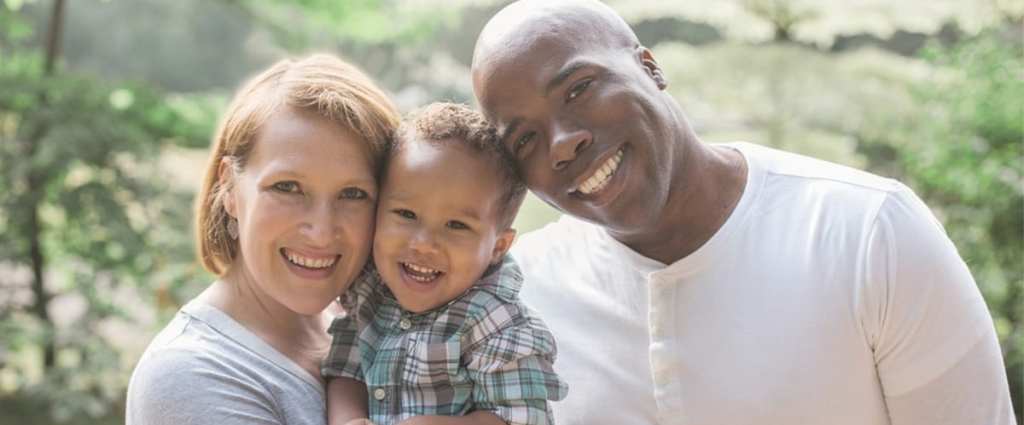One of the reasons that millennials cite for either not having or waiting to have children is that they just can’t afford it. And while it’s true that raising kids has always been pricey, it’s also true that the current cost is higher than ever…and it’s still rising.
So is it really the case that people raising families today have it harder than their parents, or even grandparents? I mean, there were challenges in every era, right?

Image Credit: Pixabay
Very true – no one’s arguing that World War II wasn’t a tough time to raise kids.
But millennials also have a valid argument about the difficulty of childrearing in 2019.
According to the U.S. government, raising one child in today’s economy costs around $13,290 a year – a total of $233,610 before they head of to college. That’s $31,000 more than it was in 1960, adjusted for inflation.
Not only that, but there are four factors (some related to kids, some not) that are causing increased economic hardships for millennial parents.
Saving for College
https://www.instagram.com/p/Bxxj7hiAl9C/
In 1980, the cost of attending a 4-year public or private college in the US was around $3190 a year ($10,334.18, adjusted). The majority of the costs were offset by financial aid given in the form of grants, and most graduates had little, if any, debt following them after graduation.
In 2015, most parents paid around $22k a year for their kids’ 4-year degree, and those graduates left with an average of $17k+ in debt. In 2019, the average grad leaves with over $28k.
This all means that the average cost of a college education has increased by over 1100% since 1980…but wages have basically stagnated.
Child Care Costs
https://www.instagram.com/p/BufVfXaBX36/
In the 70s and 80s, an average week of childcare costs people around $94 a week ($4888 a year) – about 7% of an average family’s income. In 2017, Child Care Aware reported parents spending around $9697 a year for the same care, around 16% of an average family’s annual income. And in bigger cities, that number can grow to more like $18k a year.
By the time the child of two working parents enters kindergarten, their care could have cost more than $48k, and that’s not considering extracurriculars like dance or sports.
Housing
https://www.instagram.com/p/BwCbEu1jDpD/
In 1980, comparable homes cost around $47k ($153k adjusted).
Wages
https://www.instagram.com/p/BySUfULARVm/
Since 1979, hourly wages for middle-income workers has risen only 6%, and it’s actually dropped 5% for low-income workers. Wages for college grads continue to fall, too, with recent averages listing it as around $17 an hour.
Long story short? Even though people’s paychecks are larger in 2019, they have less expendable income than their parents or even their grandparents did at their disposal. Which means that if and when they decide to make a baby, raising that kid is going to be tougher than ever before, purely based on cost.
But I mean, they’re cute. So there’s that.






